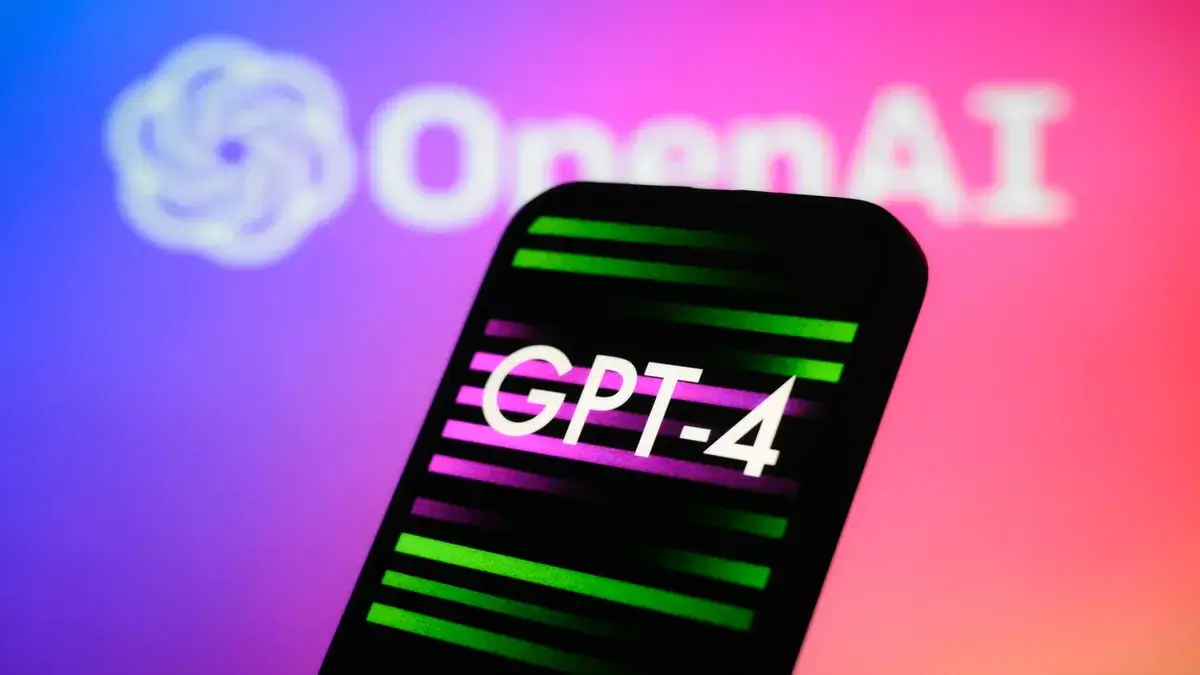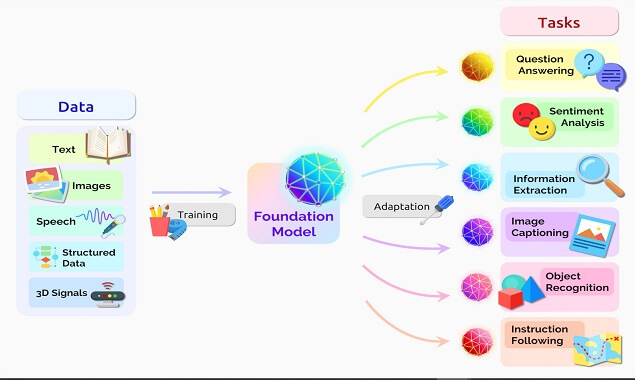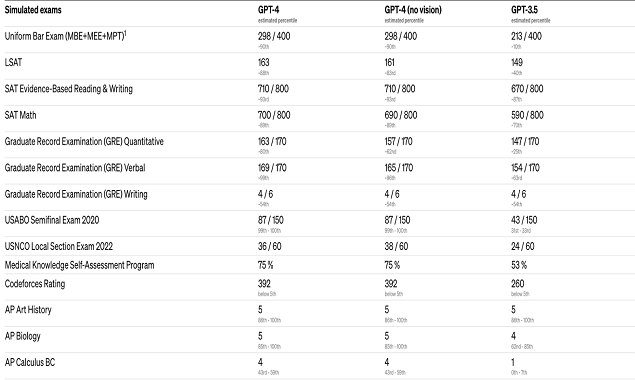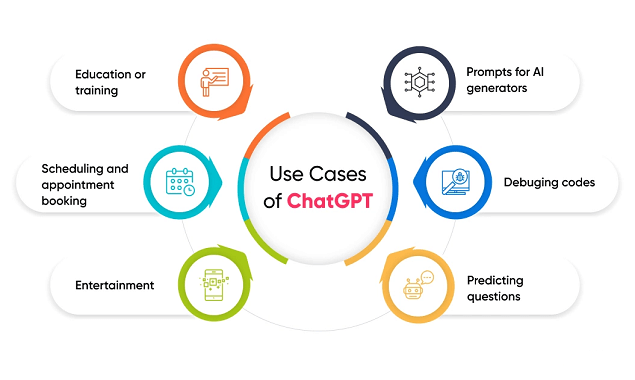
31 Mar A New Era in Language Processing: ChatGPT
What is ChatGPT?
In short, ChatGPT can be described as an AI-based chatbot developed by OpenAI. It can answer our questions as if there were a human on the other end of the conversation, and it is changing the perspective on chatbot technologies.
Based on the generative pre-trained transformer (GPT) machine learning model, which means “pre-trained generative transformer model,” ChatGPT is one of the most successful examples of natural language processing technology, and it surprises us with its meaningful responses.
You can ask ChatGPT to write a story or share its thoughts on a film character, and it can chat with you about many subjects, including art history, mathematics, chemistry, and biology, and even score high marks in exams in these fields.
How does ChatGPT work?
ChatGPT gathers information it learns from the internet to provide satisfactory answers. These answers are actually accessible through Google search engine. The difference between them is that while Google offers all the options related to the searched topic and presents different sources to the user, ChatGPT quickly presents a single answer that it has arrived at by making a series of predictions. ChatGPT model trained with internet data and it tries to mimic the neural structure in the brain while working. It creates sentences word by word and progresses by selecting the most probable expression that follows each word.

Although the GPT-3.5 version is freely available for everyone, the enhanced GPT-4 version was only made available to a limited number of users. GPT-4 is an advanced version that better mimics human-like thinking processes, offers additional features, and achieves higher success rates in various exams. In the rest of our article, we’ll talk about some of the capabilities of GPT-4.
The Capabilities of GPT-4
Thanks to its capabilities, GPT-4 can be used as a personal assistant that makes people’s lives easier.
- It can understand, analyze, and summarize texts of up to 25,000 words.
- It can write stories or articles limited to 5,000 words.
- By understanding a hand-drawn web design, it can write the code for the website.
- If you take a picture of the items on your table, it can suggest which dishes can be made with those ingredients. Don’t be surprised if it starts cooking soon.
- Compared to GPT-3.5, it can achieve higher success rates in exams such as LSAT, GRE, and the Turkish medical specialty exam (TUS).
- It can perform tasks such as coding, preparing presentations, and writing emails integrated with Microsoft Office services.

Let’s now examine the use cases and examples of ChatGPT.
Use Cases of ChatGPT
Due to the recent entry of technology into our lives, there is no professional use case in the sectoral sense. However, small trials are being conducted to use it as a useful tool in many different industries.
We have compiled some ideas about its use cases:
In customer service, ChatGPT can help companies increase customer satisfaction by providing quick and accurate answers to customer questions.
In social media marketing, it can help brands interact with customers and provide a more personalized experience. ChatGPT can provide more detailed information about products and services to better respond to customers’ needs.
In education, it can be used to assist students in their lessons. ChatGPT can enhance the learning experience by providing students with accurate and understandable answers to their questions.
In healthcare, ChatGPT can answer patients’ questions about their health and help them track their health status. It can help patients reach their doctors or healthcare professionals.
In financial services, ChatGPT can answer customers’ questions about their bank accounts, credit cards, and investment accounts. It can also provide investment recommendations by conducting market analysis and help customers with financial planning.

How can we utilize ChatGPT in aviation?
Flight reservations: It can assist customers in making reservations.
Customer support: It can provide customer support as a virtual assistant by answering frequently asked questions.
Flight status updates: It can provide real-time flight status updates that help inform passengers. By providing information about delays, cancellations, and abnormal situations, it can help passengers manage their travel plans.
Airport navigation: It can help passengers find their way around the airport and provide directions. It can also provide information about security procedures, check-in processes, and other relevant details.
Travel recommendations: It can offer travel plans and popular destinations, activities, and accommodation recommendations based on passenger preferences and budget. It can also provide information about local events and cultural experiences.
In-flight entertainment: It can help passengers have a comfortable and enjoyable travel experience by offering personalized in-flight entertainment suggestions based on their interests and preferences.
We talked about some small use cases. Now let’s take a look at ChatGPT’s first uses.
- DoNotPay, which started as a chatbot that appeals traffic fines, is now working on using GPT-4 to create a lawsuit file with a single button.
- Bionic Health is using ChatGPT to create a futuristic health clinic that offers personalized health advice.
- Salesforce, which offers customer relationship management solutions, has integrated a chatbot called Einstein GPT into its cloud system using GPT-4. This chatbot answers questions from customers and employees.
- Quizlet, a quiz preparation website, has integrated a chatbot called Q-Chat into its site. This chatbot can provide one-on-one guidance to students.
- The language learning application Duolingo has also integrated ChatGPT. This allows students to ask language-related questions and receive detailed explanations.
- Snapchat is introducing a chatbot called “My AI” that will be your friend to Snapchat Plus members. MyAI will help you choose birthday gifts, plan trips, and more.
- KhanAcademy has announced a chatbot called “Khanmigo” that will answer students’ questions and assist teachers in preparing lessons.”
We are sure that questions such as where this technology is heading, what its future use cases will be, and what new features will come are confusing everyone. Let’s take a look at some predictions about ChatGPT in the last section.
Predictions about ChatGPT
ChatGPT, an AI-powered chatbot prototype, was publicly released by OpenAI on November 30, 2022. According to Reuters, it became the world’s fastest-growing application by reaching 100 million monthly users in just 2 months, in February 2023. Although it has only been a short time since its release, it has proven the importance of the concept of artificial intelligence to many people.
There are some interesting predictions in Gartner’s reports on this subject.
According to Gartner’s predictions published in January, 30% of marketing messages are expected to be generated using AI by 2025. In addition, it is estimated that at least 90% of popular movies will be produced using AI by 2030.
According to Gartner’s article dated March 9, many companies are expected to use ChatGPT’s features such as summarization, writing style correction, data parsing, code writing, translation, and question answering within a few years.
We are entering a period where we will struggle to keep up with the speed of technology, which is adding new features every day. We are looking forward to seeing what the future holds.
We would like to conclude our article with an important note. Although we have talked about the benefits and uses of this technology, we should not forget that chatbots learn from our data. Although ChatGPT’s potential is great, we recommend that experiments be conducted with this technology without expecting too much and that personal and important business data not be shared.
